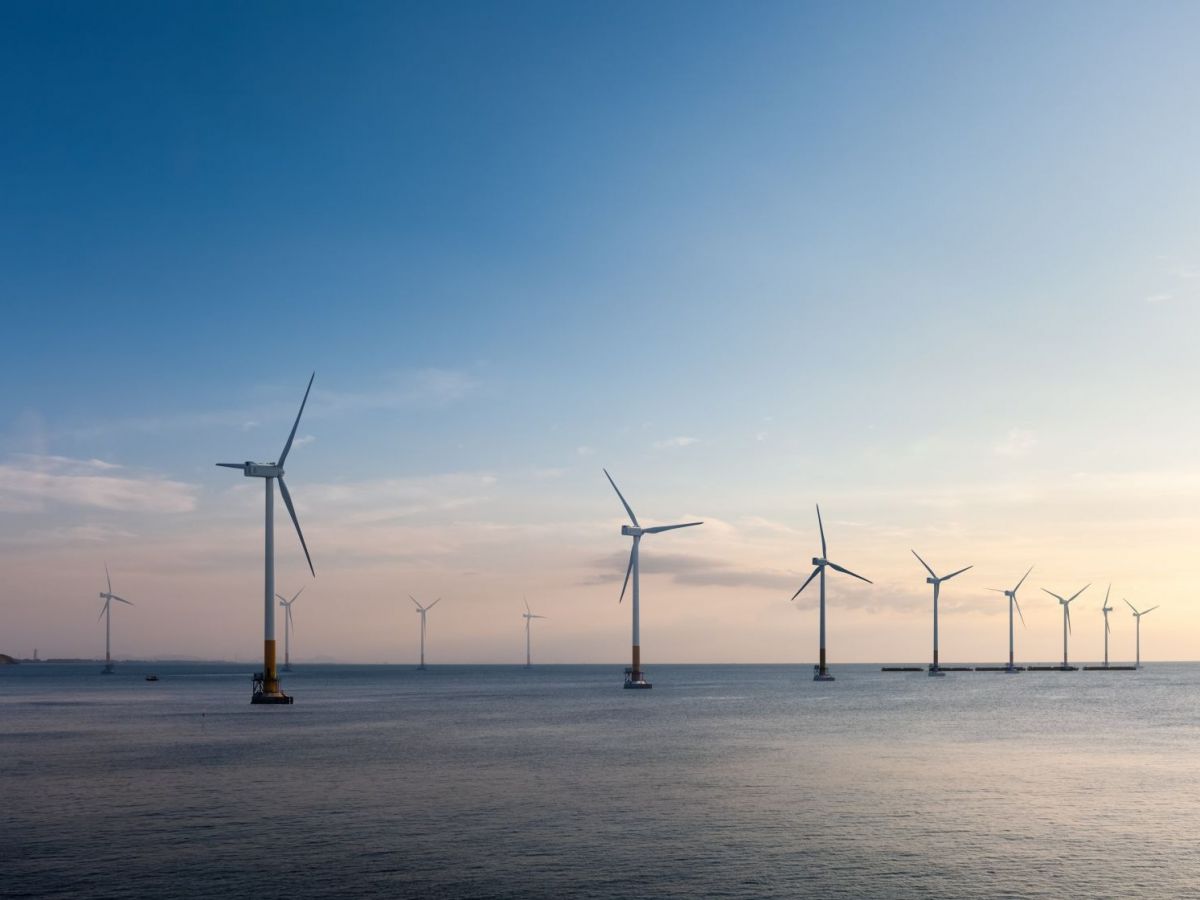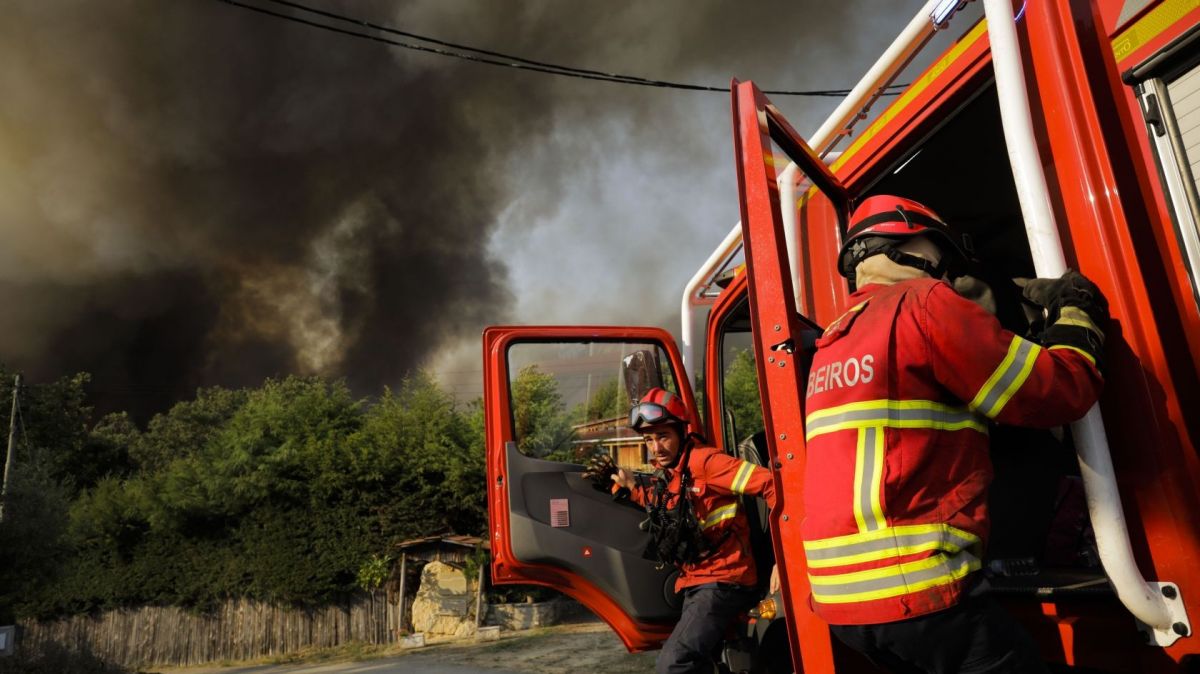According to a report released by the majority shareholder of WindFloat Atlantic, local fishing activity has remained stable, with “no decrease in fish landings reported in Viana do Castelo since the wind farm began operations.”
The studies highlight that approximately 270 species are thriving alongside the project, including seven non-native species – four plants and three animals. Researchers observed 33 bird species in total, up from 17 during initial surveys. Five species of marine mammals were also recorded, including common dolphins, orcas, and minke whales. Basking sharks were also spotted.
Monitoring points showed an increase in phytoplankton, octopus, common dolphins, fish, biomass, species sensitive to electromagnetic fields, and seabirds. The structures appear to serve as both shelter and feeding grounds, particularly for fish and octopuses. Exotic species were found attached to the submerged sections of the platforms, forming benthic communities with mussels, sea stars, algae, and other marine life.
The studies did note a collision risk with turbines for some common bird species, like gannets and large gulls. However, endangered species in the region fly too low to be affected.
In addition to the project’s original Environmental Impact Assessment (EIA), Ocean Winds has conducted mandatory environmental monitoring since 2018, including during construction and operational phases, covering marine mammals, seabirds, water quality, noise impact, and more.
Ongoing research, which began in 2023, aims to integrate all existing data and further examine marine biodiversity and fishing activities. Since becoming fully operational in 2020, WindFloat has produced 245 GWh of electricity – powering 25,000 homes annually and preventing over 33,000 tonnes of CO2 emissions.













